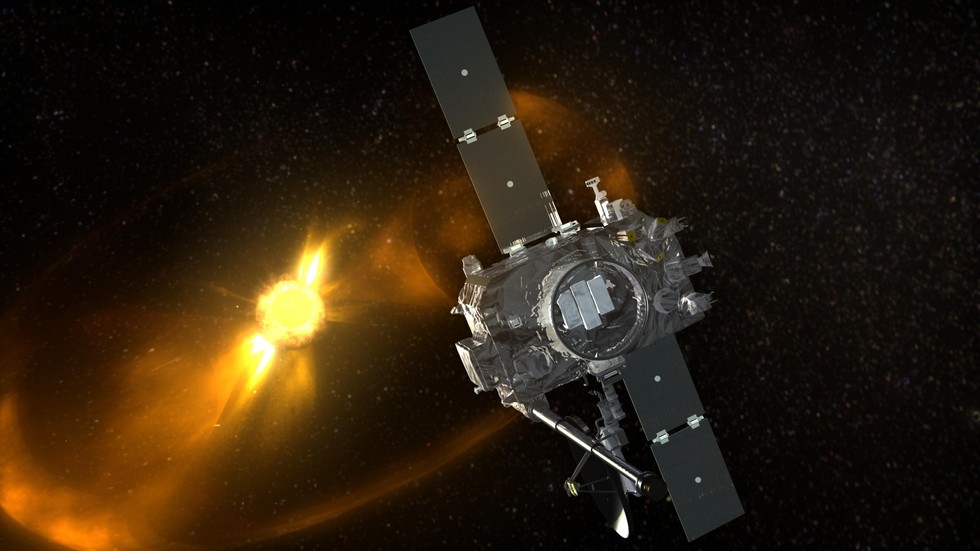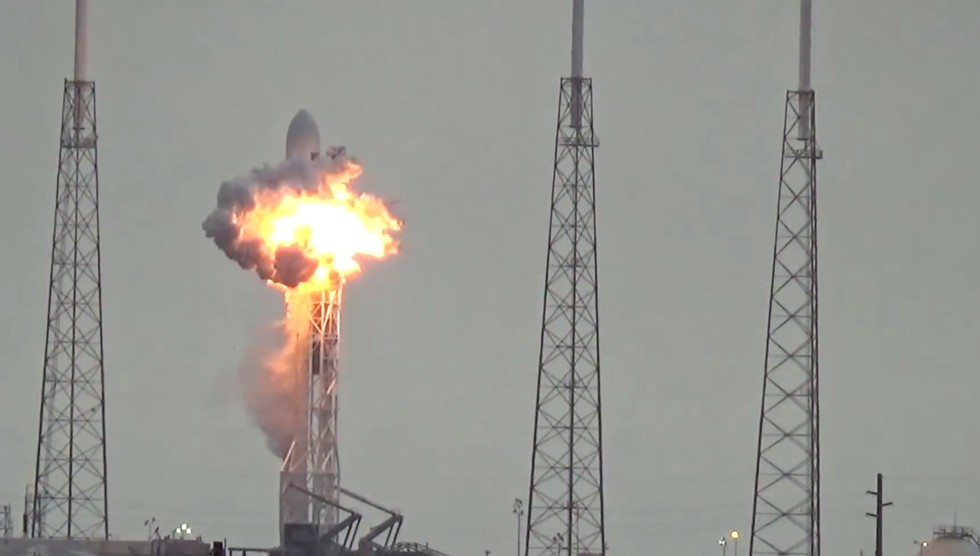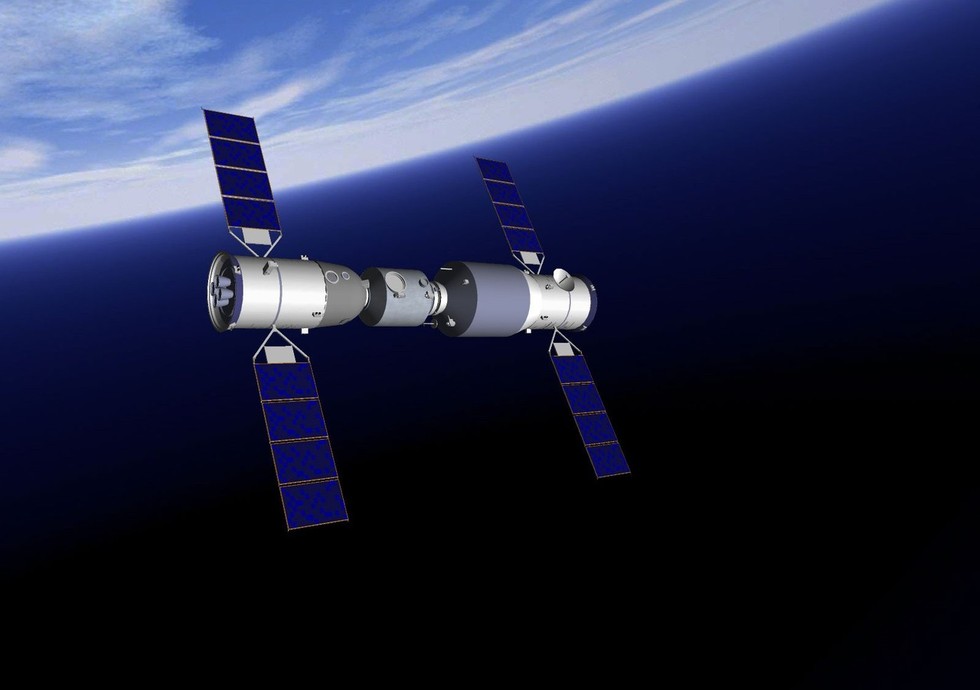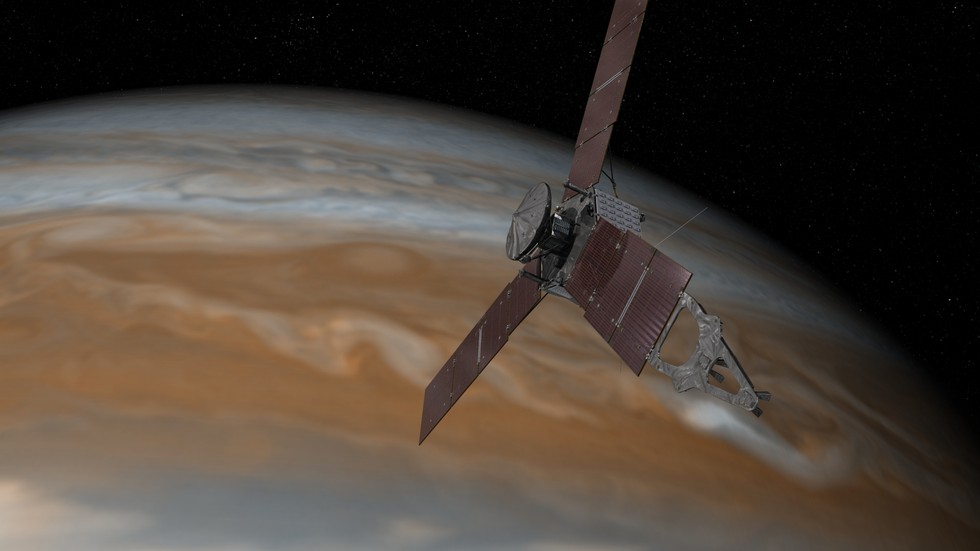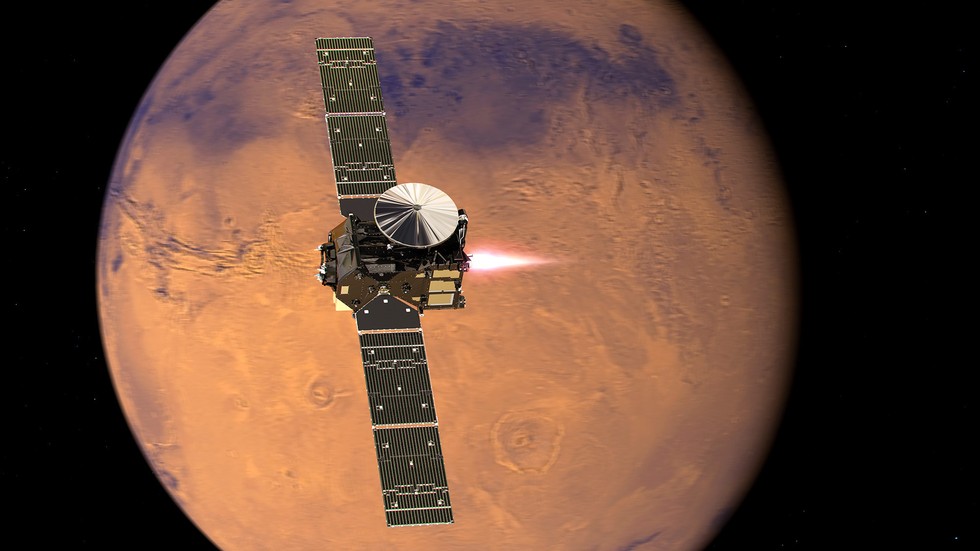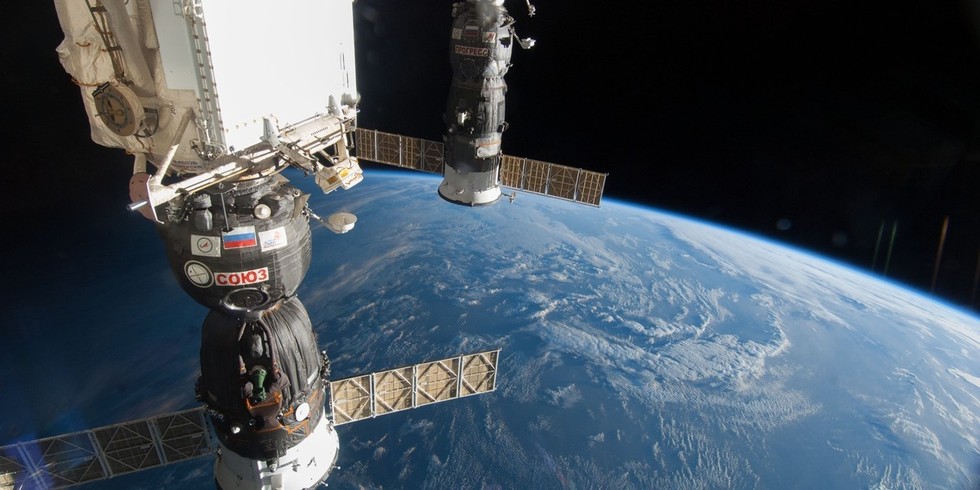Lost and Found: Most Dramatic Space Missions of 2016
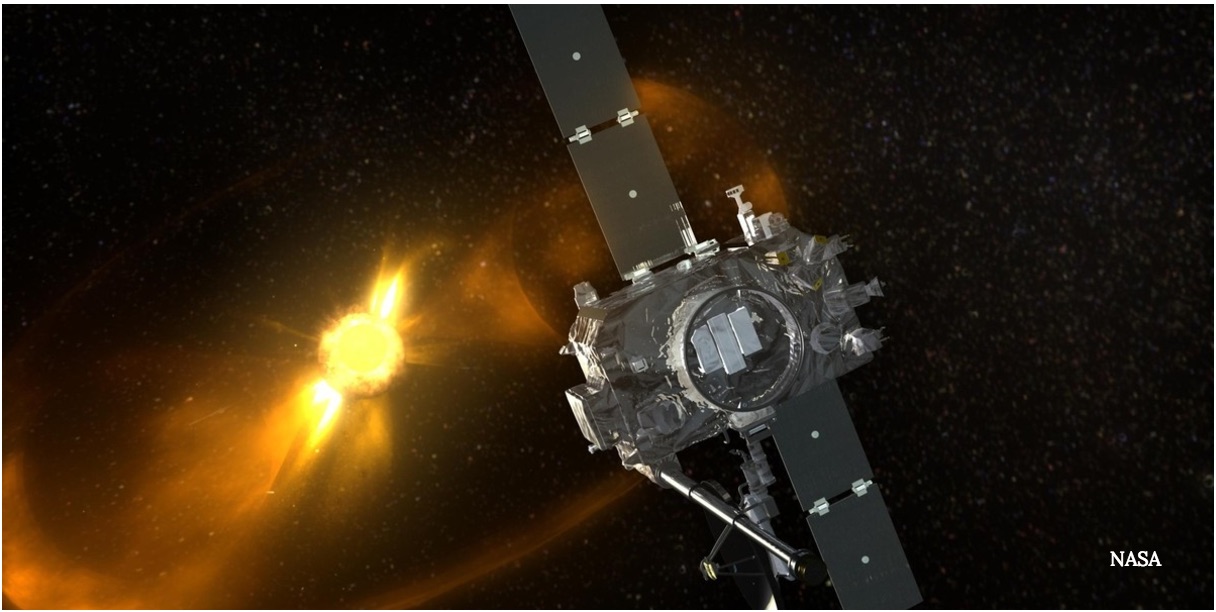
It's been a busy year of transition around the solar system. Some spacecraft crashed on distant planets, while others were found after we thought they were lost. And some cool stuff began to happen with new missions, such as exploring Jupiter and figuring out how useful inflatable structures will be in space. Here are some of the mission transitions of 2016.
1) Found: Philae
Philae had quite the ride after separating from its parent spacecraft, Rosetta, in November 2014. The little lander bounced on its first contact with Comet 67P/Churyumov–Gerasimenko and flew for an incredible two hours, finally coming to rest in a spot too shady to charge its solar-powered self. Philae did a few dozen hours of science, went into hibernation, and only gave a few peeps in the months afterwards until the European Space Agency gave up trying to contact it.
RELATED: Philae Found! Rosetta Spies Dead Comet Lander
Nobody knew exactly where the lander ended up, because Rosetta's cameras didn't have the resolution to capture its final resting spot. That changed when Rosetta was only a month away from a planned landing on the comet itself. In September, Rosetta's orbit was just 2.7 km from the surface, and Philae was found in one of the suspected landing zones.
2) Found (Then Lost Again): STEREO-B
After an incredible 22 months of silence, NASA finally heard back from a lost spacecraft. One of the twin Solar Terrestrial Relations Observatories (STEREO-B) stopped transmitting in October 2014, then, this August, NASA's Deep Space Network finally locked on to the spacecraft.
Breaking space news, the latest updates on rocket launches, skywatching events and more!
Unfortunately, NASA couldn't recover the spacecraft because it was uncontrolled and far away from Earth, at about two Earth-sun distances. With the limited data the agency had, it tried to stabilize the spacecraft, but a statement says that one of the thrusters didn't work as planned (it was likely frozen). NASA last heard from STEREO-B on Sept. 23, and communication attempts are ongoing.
3) Lost: Schiaparelli
Mars is a tough place to land on — just ask any of the various groups that have tried to send landers over the years, and failed (such as NASA, the former Soviet Union and the European Space Agency). While ESA thought it had learned the lessons of the Beagle 2 failed landing in 2003, it turned out that another landing demonstrator called Schiaparelli didn't make it to the surface.
RELATED: Mars Lander Crashed, Possibly Exploded
Schiaparelli separated from the ExoMars Trace Gas Orbiter and made its descent as planned on Oct. 19, but something happened along the way and it crashed. What exactly happened is still being figured out by an investigation board. Luckily for ESA, NASA was able to take some images of the crash site with the Mars Reconnaissance Orbiter. More imaging is planned and ESA will carefully scrutnize the pictures for clues.
4) Lost: Hitomi/ASTRO-H/New X-ray Telescope (NeXT)
Hitomi was an X-ray astronomy satellite from the Japan Aerospace Exploration Agency, which was supposed to look at high-energy processs across the universe. The spacecraft made it into space as planned on Feb. 17, but controllers lost contact with it permanently on March 26.
An investigation determined that the spacecraft likely had a problem with its pointing system that said Hitomi was spinning when it actually was stable, triggering the reaction wheels to rotate. This led to other problems that eventually made the spacecraft spin so fast that it broke apart.
5) Lost: Falcon 9 rocket + Amos-6
On Sept. 1, a Falcon 9 rocket by SpaceX was on the pad undergoing a standard static fire test, before launching Amos-6 — an Israeli communications satellite. The rocket exploded and took the satellite with it, luckily causing no injuries at Cape Canaveral Space Launch Complex 40.
RELATED: SpaceX Finds Rocket Explosion 'Smoking Gun'
The exact cause remains under investigation. There appears to have been a breach in the cyrogenic helium system in the second stage liquid oxygen tank. While it's not known for sure, this could be related to how the helium is loaded into the tank.
6) Lost (almost): Tiangong-1
Tiangong-1 was China's first space station — not a full station, but a small prototype to expand its space program in the future. It launched as a one-piece station in September 2011 and was visited by three spacecraft: Shenzhou 8 (uncrewed), Shenzhou 9 (crewed) and Shenzhou 10 (crewed).
The station stayed in service for more than four years — double its expected lifespan — and is now in a decaying orbit that will eventually make it fall into Earth. China expects it will fall in the second half of 2017, and that there shouldn't be any impact on aviation activities or the ground, according to state news service Xinhua.
7) Started: Juno
While there have been many missions to Jupiter, some of them were just flybys — and none of them will do exactly what Juno is doing. The spacecraft is examining the composition of Jupiter — its interior is still poorly known — as well as its magnetic and gravity environments. The aim is to better understand how Jupiter was formed, and how it influences other planets today. It's even possible that we can extend our understanding of Juno to exoplanets.
RELATED: Computer Glitch Nixes Juno's Run at Jupiter
Juno arrived at Jupiter on July 4 and has been making scientific observations for the past few months. On Twitter, officials with Juno have been regularly posting amateur pictures based on data from the JunoCam camera. The mission also produced a neat image showing the layers of clouds beneath the top. More detailed findings will come after Juno has been active for a while.
8) Started: ExoMars Trace Gas Orbiter
The new Trace Gas Orbiter, which arrived at Mars in October, is designed to look at trace gases in the Red Planet's atmosphere. Carbon dioxide is the major force on Mars, but there are smaller portions of the atmosphere that are less understood. One famous example is methane, which has been measured in different abundances by different telescopes, orbiters and even NASA's Curiosity rover.
TGO is highly elliptical right now, but over time it will use aerobraking — skimming through the thinnest part of Mars' atmosphere — to lower itself into a science orbit about 400 kilometers from the surface. The process is time-consuming, the European Space Agency acknowledges, but it will save fuel and also give information about the Martian atmosphere that can be used in scientific investigations.
9) Started: BEAM (International Space Station)
The International Space Station is an excellent location to do long-term research in everything from plants to human physiology. It's also a great spot for companies to test out new processes and ideas. One recent one is the Bigelow Expandable Activity Module, also known as BEAM. Bigelow has two inflatable mini-space stations that have been in orbit for several years to test how inflatables behave in low-Earth orbit. The next step for the company was to install an inflatable module to the ISS.
RELATED: Space Station Now Has Inflatable Digs
BEAM was inflated on May 26, but the attempt was called off because there was more air pressure than expected inside the module (possibly caused by fabric layers sticking together). A second attempt on May 28 was successful. Astronauts have entered BEAM a few times since to collect air samples and do some other routine monitoring, but for the most part it just sits by itself, attached to the Tranquility node.
10) Ended: International Space Station one-year mission
While a lot of astronauts have spent six months on the station, NASA hopes to have longer missions to prepare for a possible journey to Mars in the coming decades. In 2015, Mikhail Kornienko (Roscosmos) and Scott Kelly (NASA) blasted off to spend nearly a year on the orbiting complex. It was the first time humans had spent so long in space since the Mir space station era of the 1990s. The two arrived safely on Earth again in March.
Kelly got most of the press in the United States — he's a twin, a great photographer and was charmingly laconic and funny on Twitter. Kelly's twin brother, Mark, was also an astronaut and volunteered to take part in the same genetic studies so that investigators could take advantage of a unique opportunity. It will take years for all the data to be processed and analyzed, but Kelly's and Kornienko's flight is expected to help scientists learn more about the effects of space on the human body.
11) Ending: Cassini
The Cassini spacecraft has provided an incredible perspective on Saturn and its system for the past 12 years. We've seen water jets from Enceladus, lakes on Titan and strange vertical structures in Saturn's rings. The spacecraft is now low on fuel after exploring the solar system since 1997, however, and investigators want to steer Cassini into Saturn so it doesn't accidentally hit a potentially habitable moon.
Cassini will gradually move between Saturn and its rings — a first in space exploration — to better understand some of the structures of the particles that make up Saturn's crown. In September 2017, it will make a last swan dive into Saturn, taking atmospheric measurements as long as possible so that investigators can learn more about the planet's interior structure.
12) Lost: Russia's Progress resupply vehicle
On Dec. 1, Russia lost contact with its unmanned Progress space station resupply vehicle shortly after launch from the Baikonur cosmodrome in Kazakhstan. The cargo ship was carrying 2.4 tons of food, supplies and equipment and officials confirmed that it failed to reach its proper orbit, ultimately succumbing to gravity and burning up in the atmosphere. Though obviously a huge setback for the Russian space agency and space station operations, the orbiting outpost had a good level of supplies in reserve. This was the second failed Progress launch in less than two years. The failure of the April 2015 Progress mission was blamed on a problem with the Soyuz launch system.
RELATED: Russia Cargo Spacecraft Burns Up After Failed Launch
Originally published on Seeker.

Elizabeth Howell (she/her), Ph.D., was a staff writer in the spaceflight channel between 2022 and 2024 specializing in Canadian space news. She was contributing writer for Space.com for 10 years from 2012 to 2024. Elizabeth's reporting includes multiple exclusives with the White House, leading world coverage about a lost-and-found space tomato on the International Space Station, witnessing five human spaceflight launches on two continents, flying parabolic, working inside a spacesuit, and participating in a simulated Mars mission. Her latest book, "Why Am I Taller?" (ECW Press, 2022) is co-written with astronaut Dave Williams.

